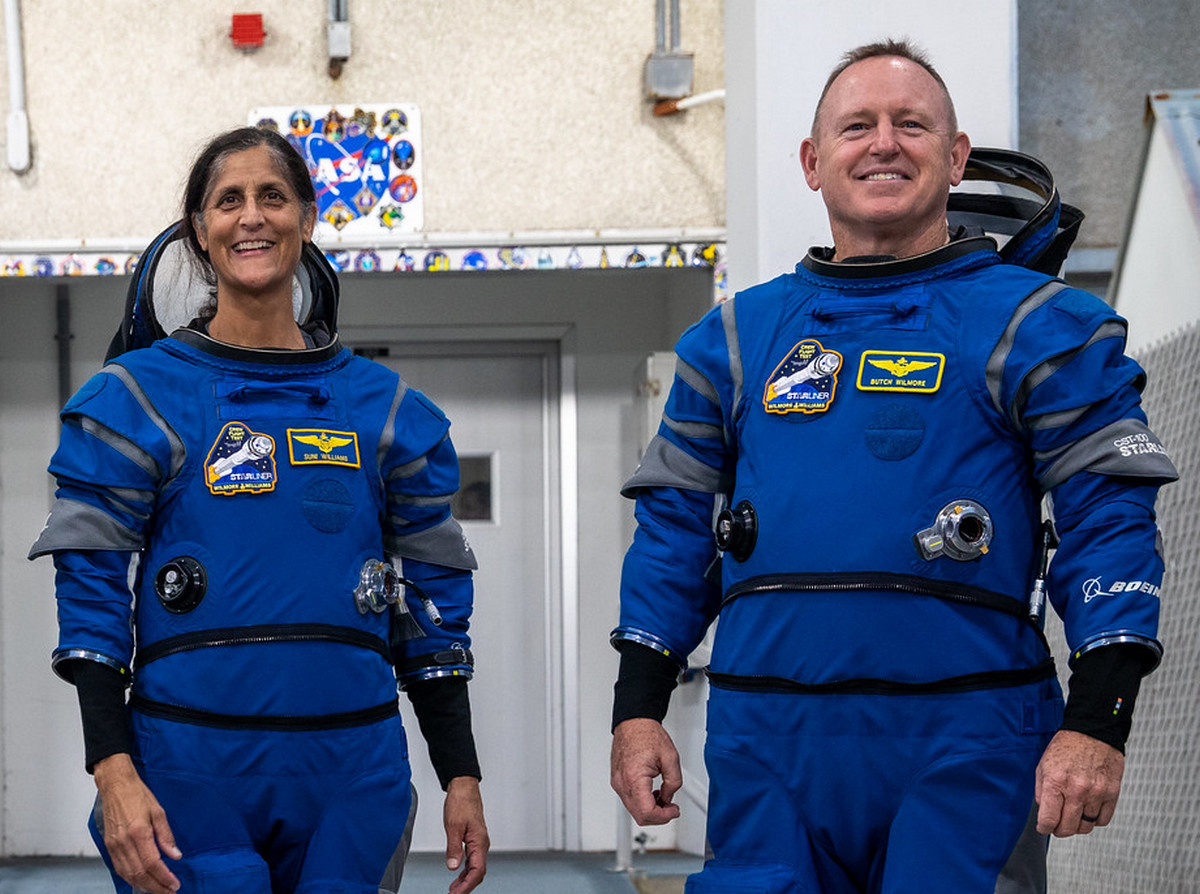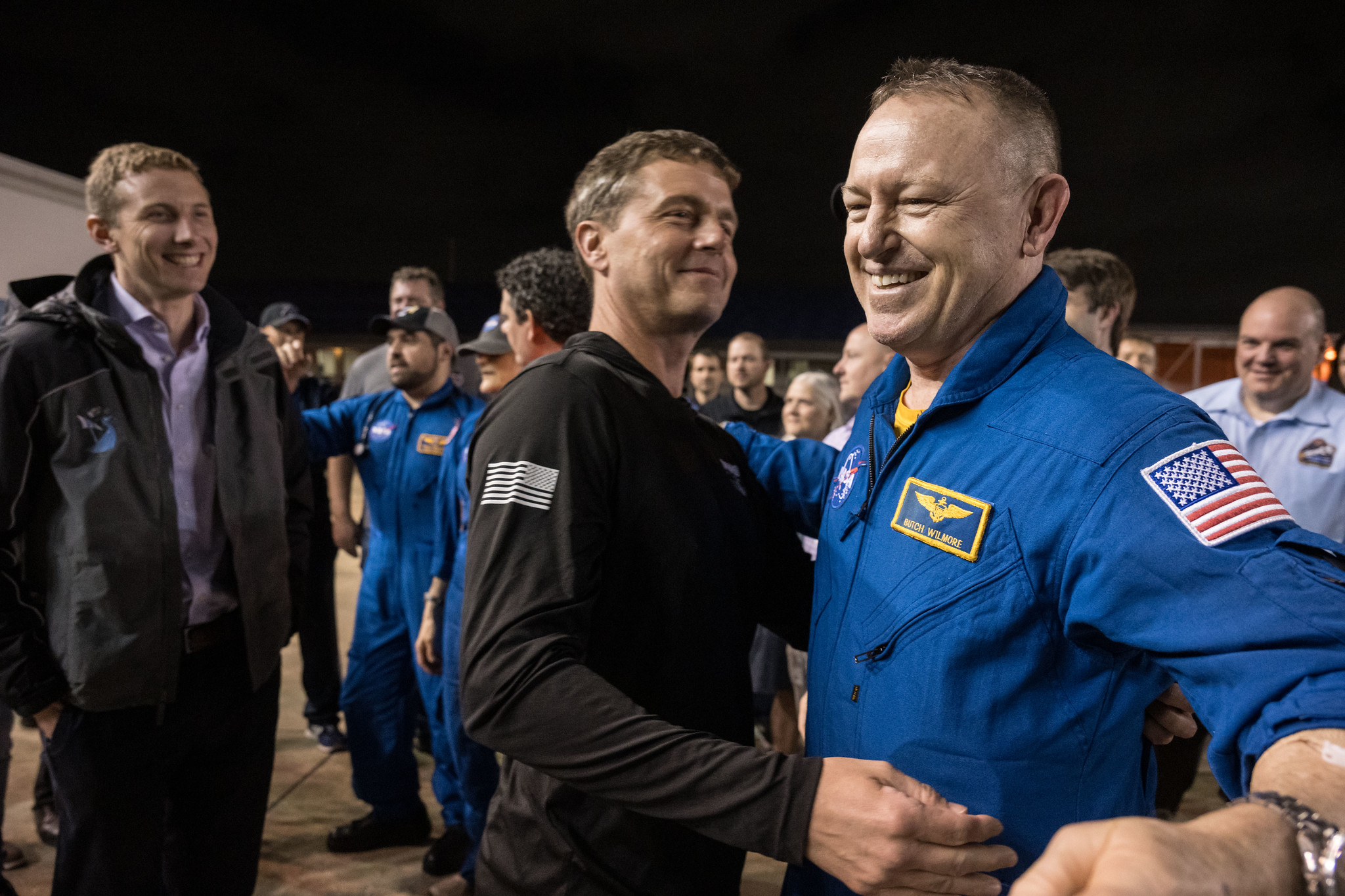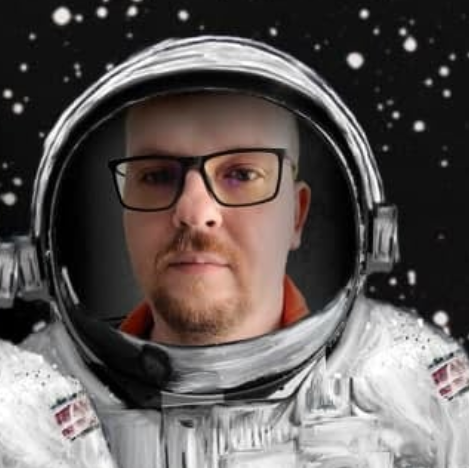NASA astronauts Barry Wilmore and Sunita Williams, who spent nine months on the ISS instead of the planned 8 days due to a Boeing Starliner spacecraft malfunction, are now undergoing rehabilitation. However, that didn’t stop them from sharing mission details with the public after returning to Earth. During a press conference at the Johnson Space Center, they emphasized: everyone involved in the project bears a share of responsibility for the failures.

Unexpected continuation of the mission
Starliner’s first manned flight to the ISS in June 2024 was supposed to be historic. However, technical problems with the spacecraft forced NASA to cancel the crew’s return. Instead, Wilmore and Williams remained at the station, where they worked with other crew members until March 2025. They returned home with the crew of the SpaceX Crew-9 mission, while Starliner was sent back to Earth without a crew to analyze malfunctions.
Everyone’s to blame
When asked who was to blame for the failure, Wilmore was emphatic: “As a commander, I was able to ask additional questions during training. You can call it a mistake, but I take responsibility. However, it is everyone’s responsibility: Boeing, NASA, every link in this chain.”

Williams added that the astronauts did not expect such a public reaction: “We just did our job: exploring, training, maintaining the station. We realized how important our mission was only after we returned.”
Politics and reality
The astronauts’ story got caught in a political maelstrom. Newly elected President Donald Trump said in February that Joe Biden’s administration intentionally left them in space, and Elon Musk accused NASA of political pressure. Agency officials denied this, emphasizing that the crew’s return was planned and related to the arrival of a new crew at the ISS.
“Politics never influenced our decisions. We always had a clear plan,” said astronaut Nick Hague, who returned with his colleagues.
Starliner’s future
Wilmore emphasized that such challenges were part of research missions. “Space does not forgive mistakes, so we prepare for any scenarios. Training, teamwork and critical thinking are our instruments,” explained the astronaut.

Despite the failures, NASA and Boeing continue to work on Starliner. The goal remains to develop a reliable spacecraft for regular flights to the ISS to reduce dependence on SpaceX.
The 9 months in orbit was a test not only for technology, but also for human resilience. Wilmore and Williams’ story is a reminder: there is no place for blame in space missions – only shared responsibility for the future of exploration.
We previously covered how the Starliner failure gave a suspended astronaut a chance to lead SpaceX’s Crew-11 mission.
According to ABC News


